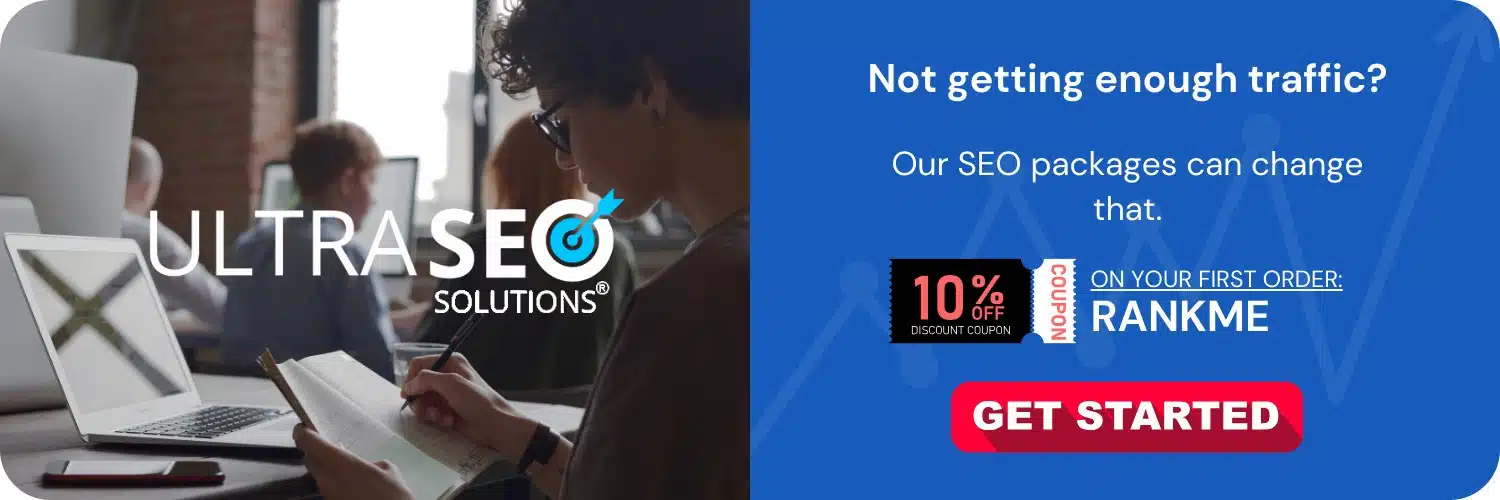
When it comes to SEO best practices for a culinary blog, the focus should be on delivering mouthwatering, high-quality content that serves the specific search intents of food enthusiasts. This includes creating engaging and informative posts featuring recipes, cooking tips, and culinary trends while optimizing for keywords, ensuring mobile-friendliness, improving page load speeds, and incorporating multimedia elements like images and videos. The goal is to provide value that entices readers to come back for seconds and to structure content in a way that search engines can easily digest and rank favorably.
Keyword Research and Optimization
High-quality content begins with understanding your audience’s search queries. Keyword research tools can help you identify terms and phrases food lovers are using. Start by compiling a list of relevant keywords that are aligned with your culinary content and include a mix of head keywords, long-tail keywords, and local SEO terms if your blog focuses on regional cuisine. Use these keywords naturally throughout your blog posts, including in the title, headers, body text, meta description, and alt text for images to help improve your visibility in search engine results pages (SERPs).
Scrumptious Content Creation
Creating mouthwatering content isn’t just about listing ingredients and cooking instructions; it’s about telling a story that captures the essence of your dishes. Whether it’s the history behind a traditional recipe or personal anecdotes about your experiences in the kitchen, original and compelling stories can increase engagement and sharing, which are positive signals to search engines. Your culinary blog should aim to be a go-to resource for your niche, whether that’s vegan recipes, gourmet cuisine, or budget-friendly meals.
Recipe Structuring with Schema Markup
To ensure your recipes stand out in search results, use Schema markup to provide search engines with detailed information about your recipes. By structuring your content with Schema, you enable rich snippets in SERPs, such as star ratings, preparation times, and calorie counts, which can increase click-through rates.
User Experience and Site Architecture
Your blog’s user experience is paramount. Google’s Page Experience update emphasizes the importance of user-friendly sites. This means your culinary blog should be easy to navigate, with a clear structure that logically categorizes recipes, cooking techniques, and nutritional advice. A good user experience also includes a responsive design that adjusts seamlessly to different devices, particularly mobiles, as many users follow recipes in real-time from their kitchen on a smartphone or tablet.
Site Speed
Speed is a crucial component of user experience. If your blog takes too long to load, you risk losing visitors to faster sites. Optimize images and videos to load quickly without sacrificing quality and consider using a Content Delivery Network (CDN) to serve up your content more efficiently to users around the world. Utilizing caching and minimizing the use of heavy plugins can also improve your page load times.
Link Building and Content Marketing
A strong backlink profile is essential for SEO. Seek out guest posting opportunities on reputable culinary websites, engage with food bloggers, and participate in relevant online communities to build relationships and earn high-quality backlinks. Remember, it’s not just the quantity of links but the quality that matters. Links from high-authority sites in the culinary space can significantly boost your SEO efforts.
Engaging with Your Foodie Community
Engagement doesn’t just mean getting comments on your blog posts. It involves all interactions with your content across the web, including social shares, mentions, and backlinks. Encourage your readers to interact with your content by including calls-to-action (CTAs) that invite them to leave comments, share your posts on social media, or sign up for your newsletter. Create shareable content like infographics or “how-to” videos that can quickly circulate among food enthusiasts and influencers.
Track, Measure, and Adapt
To ensure that your SEO efforts are bearing fruit, tracking and analyzing your blog’s performance is essential. Use tools like Google Analytics to monitor traffic sources, bounce rates, conversion rates, and the behavior flow of your visitors. Pay attention to which articles and topics draw the most interest, and tailor future content accordingly. Stay up-to-date with SEO trends and Google algorithm updates, as the digital landscape can change rapidly, impacting your strategies’ effectiveness.
Local SEO for Culinary Bloggers
If your culinary blog focuses on local or regional cuisine, local SEO should be part of your strategy. Include the names of cities or regions within your content and tags, claim your Google My Business listing if you offer cooking classes or catering services, and generate local citations by getting listed in regional directories or local media outlets.
Optimizing Multimedia Elements
High-quality photos and videos are crucial in the food blogging world, as they can attract more traffic and keep readers engaged. Make sure all multimedia elements on your site are optimized for SEO. Use descriptive file names and alt text for images, compress files to speed up load times, and use structured data to enable rich results. Videos should have keyword-optimized titles and descriptions and be hosted on platforms that cater to fast streaming.
Accessible and Inclusive Content
Your content should be accessible to all users, including those with disabilities. Make sure your website complies with Web Content Accessibility Guidelines (WCAG), by providing alt text for images, transcriptions for audio and video content, and ensuring navigation is possible with a keyboard. An inclusive approach not only expands your audience but also demonstrates your commitment to quality and can improve your SEO.
Finishing Thoughts
Mastering SEO for a culinary blog involves balancing mouthwatering content with solid technical optimization. Keep your audience hungry for more by offering delectable recipes and engaging stories, and make sure search engines can find and index your content effectively. Stay current with SEO best practices, engage with your community, and always keep an eye on your performance metrics to refine your strategies. By combining passion for food with savvy optimization techniques, your culinary blog can climb the SERPs and claim its spot as a top resource for food lovers everywhere.
Frequently Asked Questions
What is SEO and why is it important for my culinary blog?
SEO, or Search Engine Optimization, is the practice of optimizing your website to rank higher in search engine results. This is important for your culinary blog because it increases visibility, which can lead to more readers and engagement. By optimizing your content, you’re more likely to show up in relevant searches when people are looking for recipes or cooking tips.
What are the fundamental SEO best practices for a culinary blog?
Some fundamental SEO best practices for your culinary blog include researching and using relevant keywords, creating high-quality and engaging content, optimizing title tags and meta descriptions, using header tags properly, including internal and external links, and ensuring your blog is mobile-friendly. Also important is regularly updating your content and making sure your site has a fast loading speed.
How do I choose the right keywords for my culinary blog?
Keywords should be relevant to your content and the interests of your target audience. Use keyword research tools to find terms that are being searched for by users. Look for a mix of broader terms (like “easy recipes”) and long-tail keywords (like “easy vegan chocolate cake recipe”) that can attract more niche audiences.
What role does content quality play in SEO for a culinary blog?
Content quality is essential for SEO because search engines prioritize content that is useful, informative, and valuable to readers. For a culinary blog, this means writing detailed recipes, providing clear instructions, sharing tips and tricks, and including high-quality photographs. Engaging content also encourages visitors to spend more time on your site and share your content, which can improve your SEO rankings.
Should I be concerned with mobile optimization for my culinary blog?
Yes, mobile optimization is crucial, as a significant portion of users browse the internet on mobile devices. A mobile-friendly blog ensures your content is accessible and readable on all devices, which is beneficial for user experience and is a factor in Google’s ranking algorithm.
How do I optimize images for my culinary blog’s SEO?
To optimize images for SEO, use descriptive file names, compress images to reduce file size for faster loading times, and use alt tags to describe the images, which helps search engines understand the content of the picture. This can also improve accessibility for visitors using screen readers.
What is the importance of internal and external linking within my blog posts?
Internal linking helps search engines discover new pages on your site and understand the structure of your blog, while also keeping readers engaged. External linking to reputable sites can add value to your content and help establish credibility. Both practices are beneficial for SEO.
How often should I publish new content on my culinary blog?
Publishing new content regularly is important to keep your audience engaged and to signal to search engines that your blog is active. However, the quality of content should always be prioritized over quantity. A consistent posting schedule, whether it’s a few times a week or bi-weekly, is recommended.
Can social media affect my culinary blog’s SEO?
While social media does not directly affect SEO rankings, having a strong social media presence can increase your content’s reach, drive traffic to your blog, and enhance brand awareness. All of these factors can indirectly benefit your SEO performance by potentially increasing backlinks and the authority of your blog.
Should I focus on a specific niche within the culinary world for better SEO?
Focusing on a specific niche can benefit SEO as it allows you to target specific keywords and cater to a particular audience. Providing unique and specialized content can make your culinary blog stand out and be seen as an authority in that specific niche, which can improve your search rankings.






